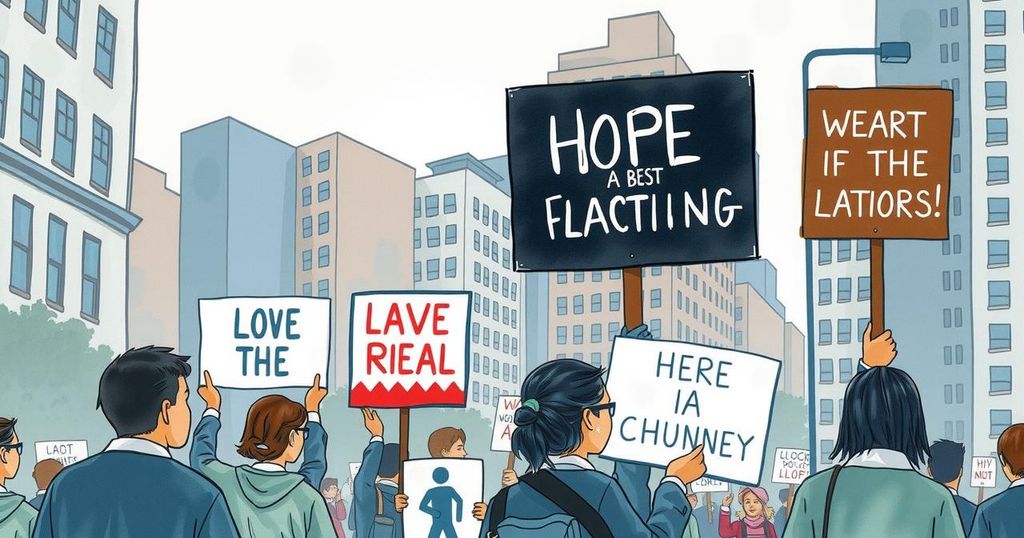The Mozambican police assert they only use legitimate means to disperse protests, yet civil society claims otherwise, alleging violence and repression. Incidents of police using live ammunition have led to numerous fatalities and injuries. Despite calls from the Minister of Justice and police leadership for dialogue and non-lethal methods, aggressive tactics persist, illustrating a troubling conflict in law enforcement approaches in Mozambique.
In a recent report from the AIM agency, a spokesperson for the Mozambican police claimed they utilize legitimate means to disperse protesters, despite evidence suggesting otherwise. According to Leonel Muchina, the police stated that during mass protests, unforeseen circumstances can sometimes lead to injuries and even fatalities, primarily when demonstrators engage in vandalism.
Muchina emphasized that the police employ legitimate crowd control methods, such as tear gas, although he acknowledged that injuries might occur involuntarily. Conversely, civil society groups, including the Human Rights Commission of the Mozambican Bar Association (CDH-OAM), have accused the police of employing repressive tactics, including murder and torture, particularly against supporters of former presidential candidate Venâncio Mondlane, amid protests against last October’s election results.
The “Decide” Electoral Platform reported alarming statistics indicating that police actions have resulted in 361 fatalities and 619 injuries from gunshots since protests erupted on October 21. Evidence suggests that the police have increasingly relied on live ammunition rather than solely non-lethal means, leading to tragic consequences.
Recent incidents include the death of a young man in Matola, allegedly shot by the Rapid Intervention Unit (UIR), amidst a celebration organized by Mondlane. Eyewitness accounts describe police attacking a group of youths with tear gas and live ammunition while they were commemorating the unofficial “heroes day.” One young man tragically died from a gunshot during this incident.
This use of live ammunition poses critical challenges to Mozambican authorities. The Minister of Justice, Mateus Saize, publicly criticized such actions, stating that live ammunition use is “not normal” and emphasized the government’s preference for rubber bullets and tear gas. Furthermore, police leader Joaquim Sive urged officers to prioritize dialogue over force when confronted with protests, calling for a more conciliatory approach in handling crowd situations.
Despite these calls for restraint and dialogue from higher authorities, it appears that the directives have not been heeded by the Maputo city police command, who continue to implement aggressive tactics against demonstrators.
The Mozambican police’s claim of using legitimate methods to control protests stands in stark contrast to the accusations from civil society, highlighting a troubling trend of violence and repression. While government officials advocate for dialogue and the use of non-lethal measures, evidence indicates that the police have frequently resorted to live ammunition, resulting in significant casualties. Without a fundamental shift in approach, the cycle of violence against demonstrators may continue, further straining the relationship between the police and the public.
Original Source: clubofmozambique.com






